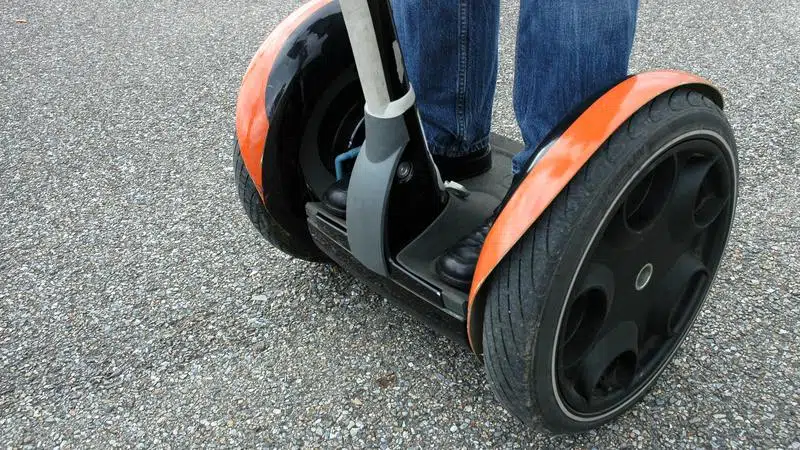
CHARBONNEAU: My Segway is not a mongrel
TERRANCE WOJTKIW WAS TICKETED as he rode his “e-bike” on a road in Saanich, B.C. It would have been a legal e-bike if it was limited to a speed of 32 km/hr and could be pedalled but he was going 48 km/hr and the pedals had been altered so as to be unusable.
Wojtkiw was ticketed because, since it wasn’t an e-bike, police reasoned that it must be an unregistered motorcycle. The court ruled that it’s neither. The judge ruled that Terrance Wojtkiw’s “thing” was not an e-bike, not a motorcycle. The judge called it “a mixed breed or mongrel” and the case was dismissed.
It turns out that ICBC doesn’t even recognize such a thing. Wojtkiw couldn’t have registered and licensed it if he wanted to.
Lacking words to describe these “things,” I’ll call them Electrically-Assisted Transportation Devices (EATDs). Many such devices have no legislation to define them and/or regulate their use. They cover a rainbow of EATDs: e-scooters, electric unicycles, hoverboards, electric bikes, electric wheelchairs, scooters as mobility aids, and Segways.


